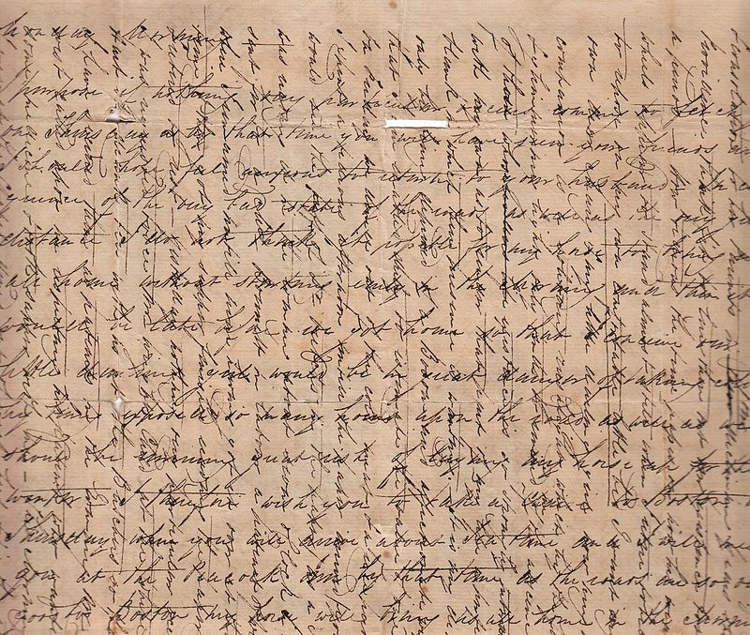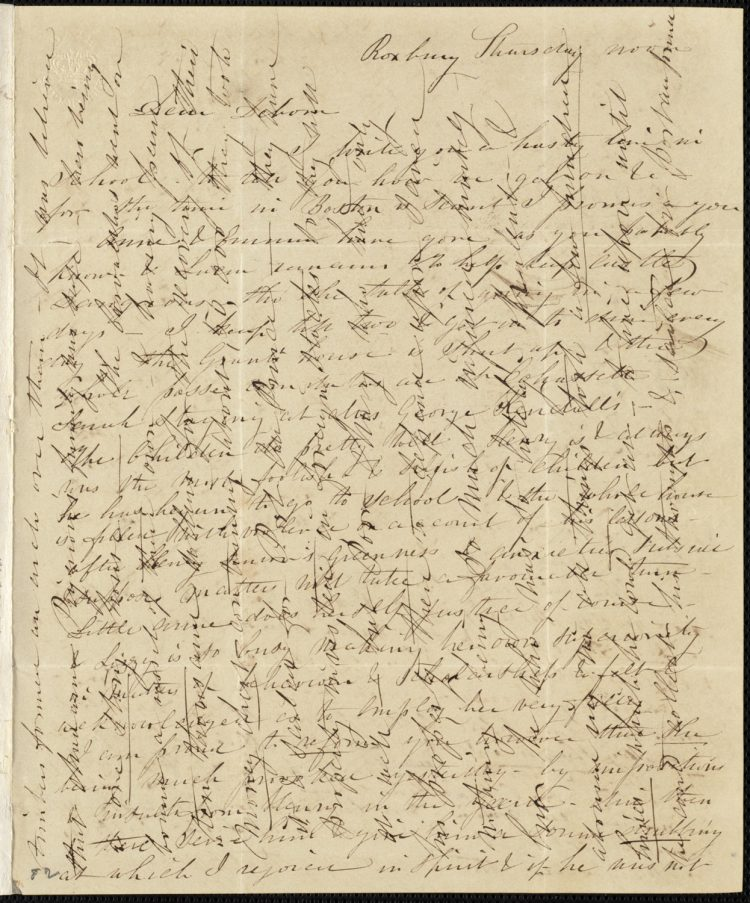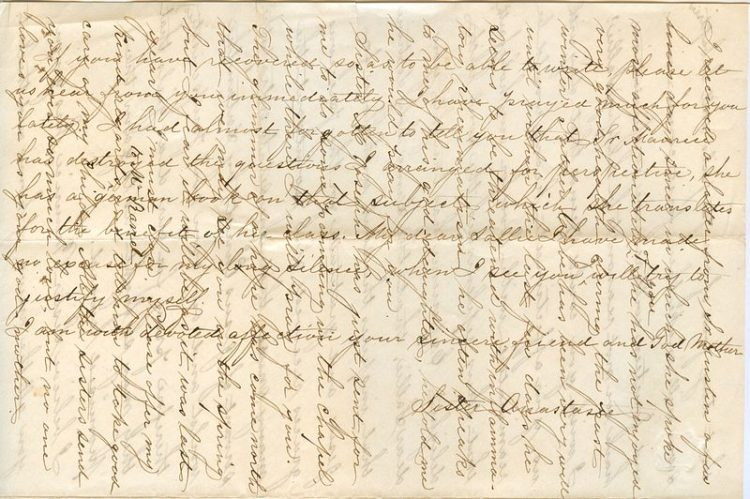|
Back when paper and postage charges were prohibitively expensive, people
developed a technique to convey as much information as possible on as
little paper as possible.
We’re privileged to live in an age when paper, writing supplies and
postage fees are generally affordable, so much so that most of us take
them for granted. But things weren’t always like this. Back in the Civil
War era and up until the 1900s, the paper that letters were written on
and the postage charges were so expensive that people had to write on a
piece of paper in multiple directions in order to save money. The
technique was called cross-writing, or cross-hatching, and despite
seeming unreadable, back in the day everyone was used to it and could
read every word with ease.
|
|
 |
|
Crossed letters essentially began as regular ones, only when the writer
reached the bottom of the page, instead of grabbing a new sheet of
paper, they would turn the written page sideways and write over the
written lines. In extreme cases, masters of cross-writing could write
not only at right angles, but diagonally as well.
|
 |
|
Looking at vintage crossed letters, they look more like puzzles to be
deciphered, but according to experts, the practice was so common during
the 1800s that anyone who could read could also read this type of
letter. Apparently, the eyes get so used to the system after enough
practice that they simply ignore the background text, focusing only on
the words written in a certain direction.
|
 |
|
Cross-writing was so widespread at one point in time that even famous
writers and scholars such as Henry James, Jane Austen, and Charles
Darwin used it to save paper and money. Luckily, we live in a time when
such intricate techniques are no longer necessary, but there is no
denying the charm of vintage crossed letters.
|